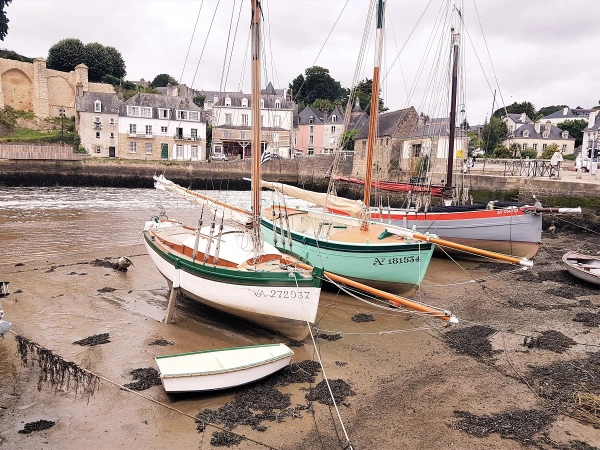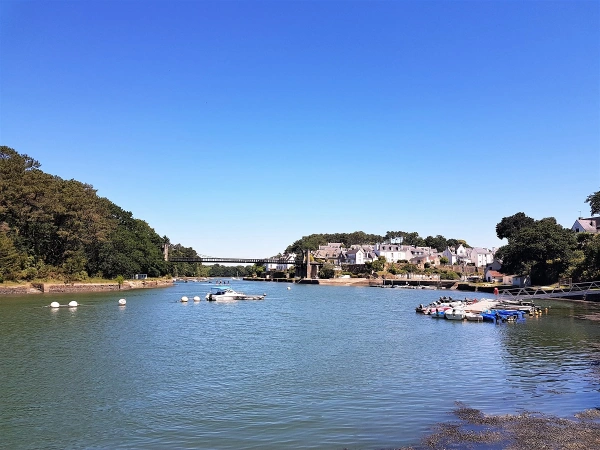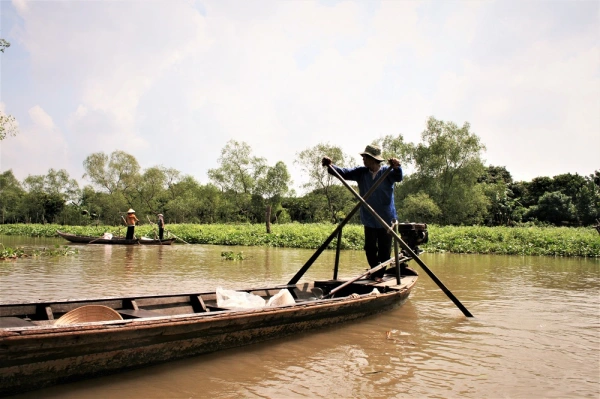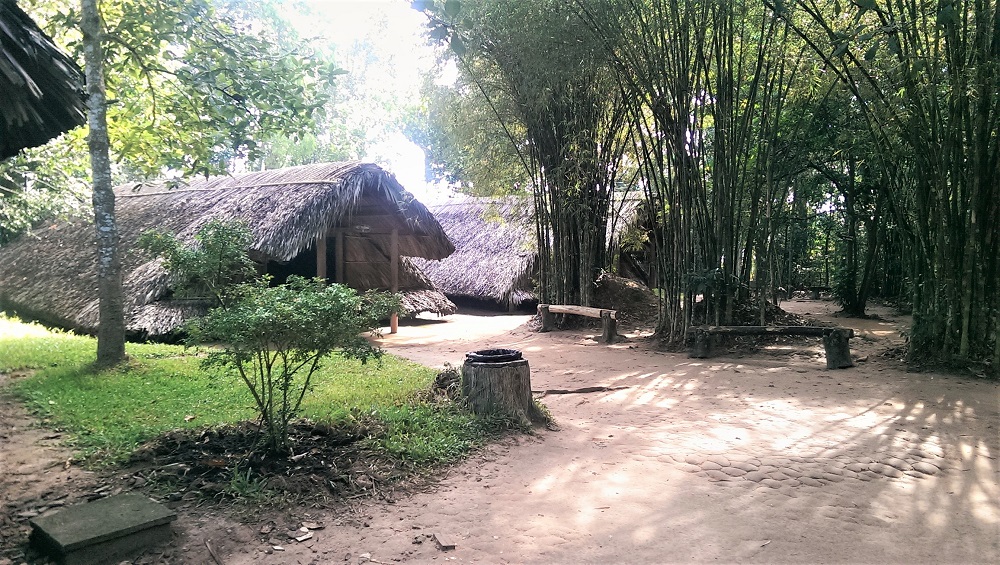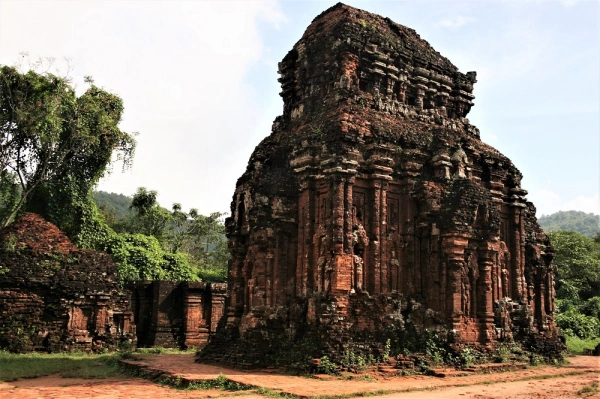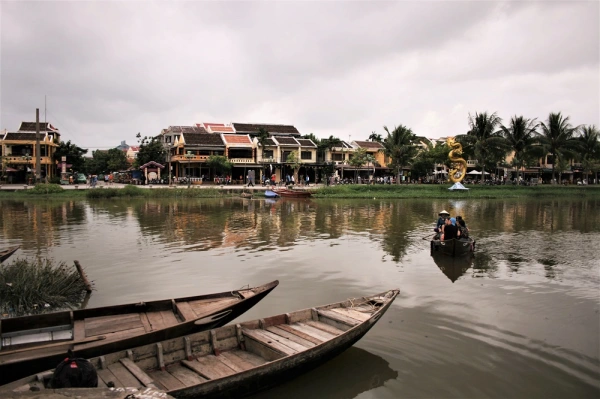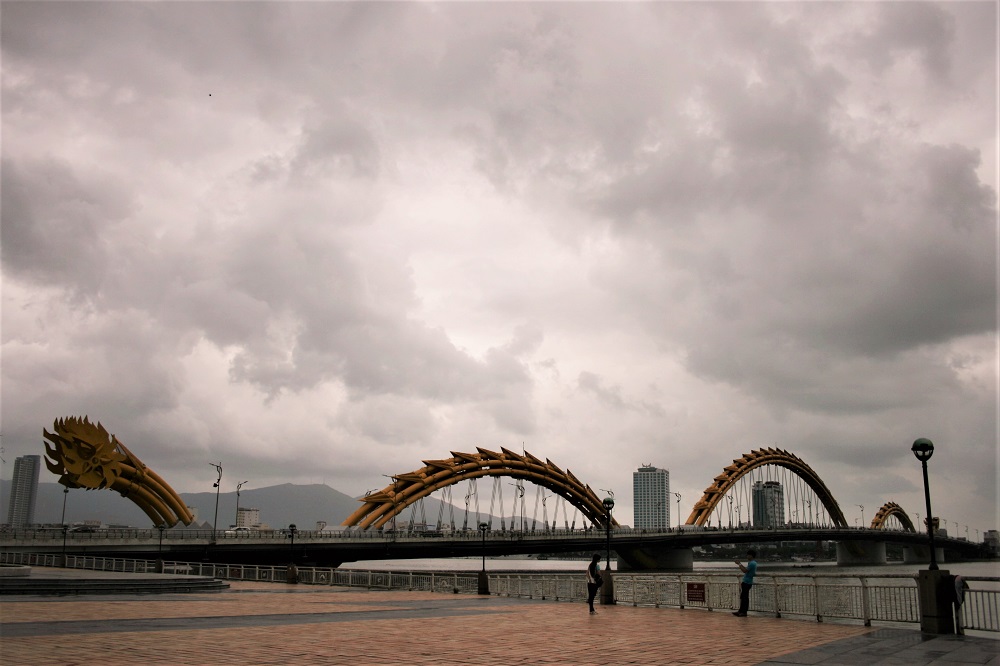When Benjamin Franklin set foot on French soil in December 1776 to seek support in the American War of Independence, he came ashore in the tiny Breton port of Saint Goustan. Situated on the banks of the River Loch, adjoining the town of Auray, Saint Goustan is a delightful, picturesque affair. With a cobbled quayside lined with colourful timber-fronted houses, it’s a suitably charming spot for an influential American founding father/writer/politician/inventor/all-round-genius to disembark. Unlike Benjamin Franklin, we ambled into Saint Goustan on foot via a path along the river (above) and as we approached the centre of the medieval port…
-
-
The friendly town of Le Bono, on the banks of the River Auray, was the place we called home during our week-long sojourn in Brittany. With a number of shops and restaurants, a superb patisserie, a couple of intriguing sights, and lots of interesting walking trails, it proved to be an excellent place in which to base ourselves. The day we arrived, we inadvertently stumbled upon a Breton festival taking place in the harbour (above). Delighted by the sights, smells and sounds of the festival, we had great fun marvelling at the boats decked out in colourful bunting and listening…
-
The picturesque port of Roscoff on Brittany’s northern coast is the perfect introduction to France’s westernmost region. Famous for its pink onions (the Roscoff onion) and the Johnny Onions who cross the channel to sell them from their bicycles, Roscoff boasts elegant grey stone buildings, a lovely and unusual church, and a charming high street. We arrived in the small port bright and early on a Saturday morning on the overnight ferry from Plymouth. Parking our car in one of the side streets near the town centre, we set off for a short stroll along the shorefront, stopping at a…
-
A land of rugged coastlines, lush forests and picturesque towns and villages, Brittany stands out among the French regions for its spectacular scenery, unique culinary traditions and ancient Celtic roots. There’s a wild spirit to the land and a strong sense of otherwordliness, which is enhanced by the many prehistoric standing stones (below) and burial grounds that abound in the region. Occupying the north-westernmost point of France, the region was an independent duchy until the 15th century, when Anne, Duchess of Brittany, married the French king Charles VIII, followed by his successor Louis XII. It officially became part of France…
-
Ho Chi Minh City is Vietnam‘s financial capital. It’s also the country’s most global, most metropolitan city. Otherwise known as Saigon, the city is home to almost 8.5 million people. There’s a noticeable Western influence in the city centre, more so than in other parts of Vietnam, with coffee shops on street corners and a large shopping centre full of well-known high street brands. Our first stop was the Notre Dame Cathedral, an elegant 19th century French-style cathedral covered with red tiles. The cathedral was closed when we arrived, and while it was a shame we couldn’t go inside, it…
-
Deep in the south of Vietnam, you’ll find the laid-back Mekong Delta, an expansive network of water famous for its floating markets and traditional way of life. I’d arranged to spend a night in a home stay in the Delta to experience a slice of traditional Vietnamese hospitality and having spent almost two weeks touring the country, I was looking forward to some rest and relaxation. And this was the perfect place to find it. To get to my home stay, which was nestled in the heart of the Mekong Delta, I boarded a boat in one of the waterside…
-
The ingenious, sprawling network of tunnels at Cu Chi, 70km north-west of Ho Chi Minh City, were used as a base by the Viet Cong to carry out their guerilla war campaign against the US between 1960 and 1975. It’s hard to describe just how clever and extensive these tunnels are. From the ground, you’d never know there was a series of intricate tunnels under your feet. There’s no indication there’s a hidden world beneath the jungle floor. The entrances are expertly concealed, while the ventilation shafts, that ensured a circulating flow of air throughout the network, were built to…
-
Hidden away in the jungly hills of central Vietnam is the ancient religious complex of My Son. The ruined complex, built by the Cham people, is home to a series of ornate red brick temples. Sadly some of the most striking examples were destroyed by the US during the Vietnam War, but what remains offers a fascinating glimpse into a magnificent ancient culture and the people who built it. Built between the 4th and 13th centuries, the complex of My Son was discovered by the French towards the end of the 19th century and has since been designated a UNESCO…
-
The ancient trading port of Hoi An is utterly charming and its old town embodies traditional Vietnamese culture, as for the most part, it’s remained unchanged for centuries. In 1999, it was named a UNESCO World Heritage Site and the pretty port is the perfect place to spend a few days mooching around – which is exactly what I did. Sights One of the town’s most notable sights is the Japanese Covered Bridge (above) in the old quarter near to the Thu Bon River. The beautifully ornate bridge was built by members of the town’s Japanese community in 1593 and…
-
On our way from Hue to Hoi An, we stopped off briefly in Danang, a bustling city on the banks of the Han River. The city is home to a majestic golden Dragon Bridge, which apparently breathes fire and sprays water. Sadly the weather was atrocious the day we visited and with the gloomy clouds and lashing rain, it was hard to get a good photo of the bridge (above). It also sadly didn’t breathe fire or spray water while we were there! After taking a couple of photos of the bridge, we headed across the road to the Museum…

